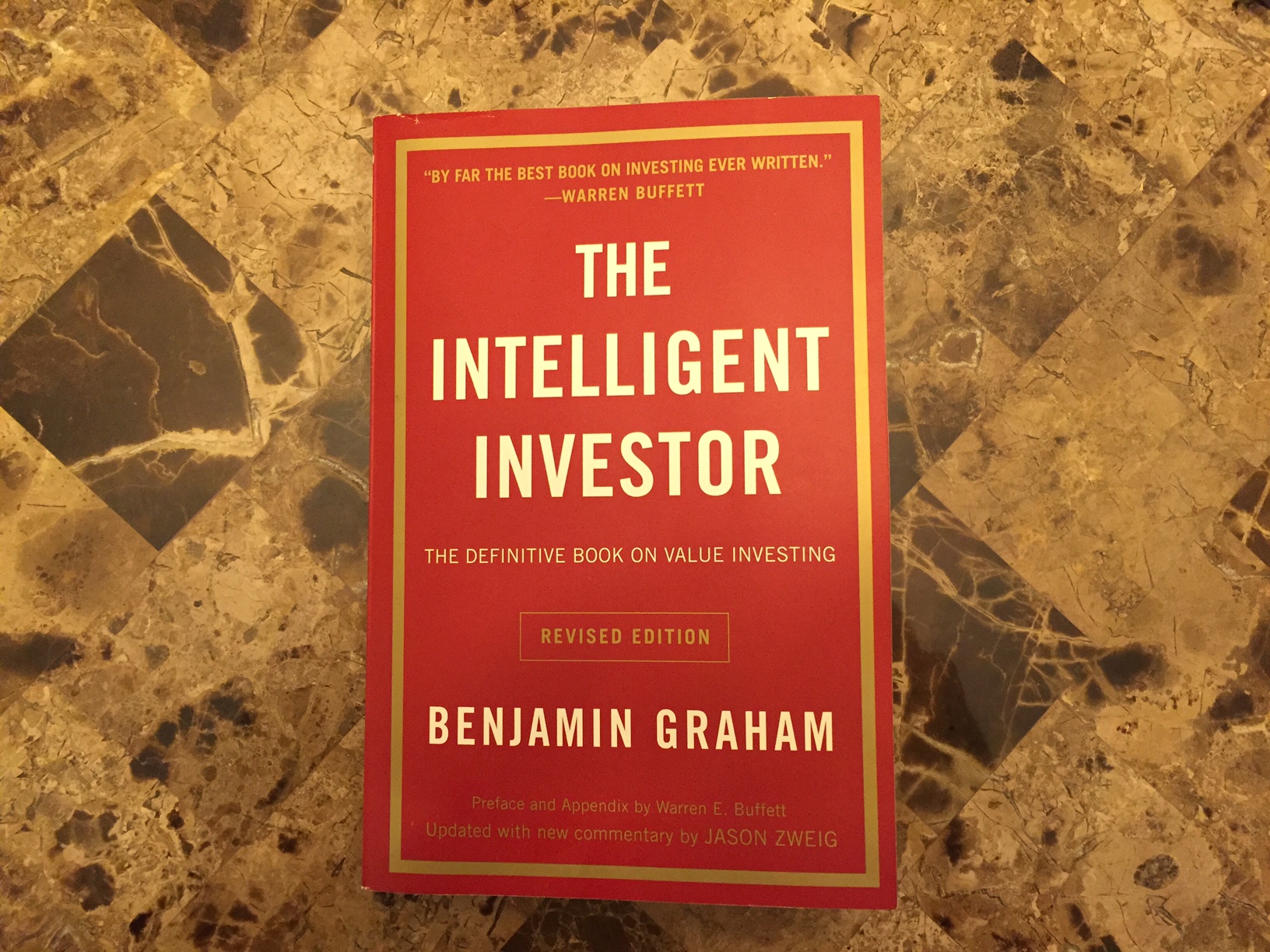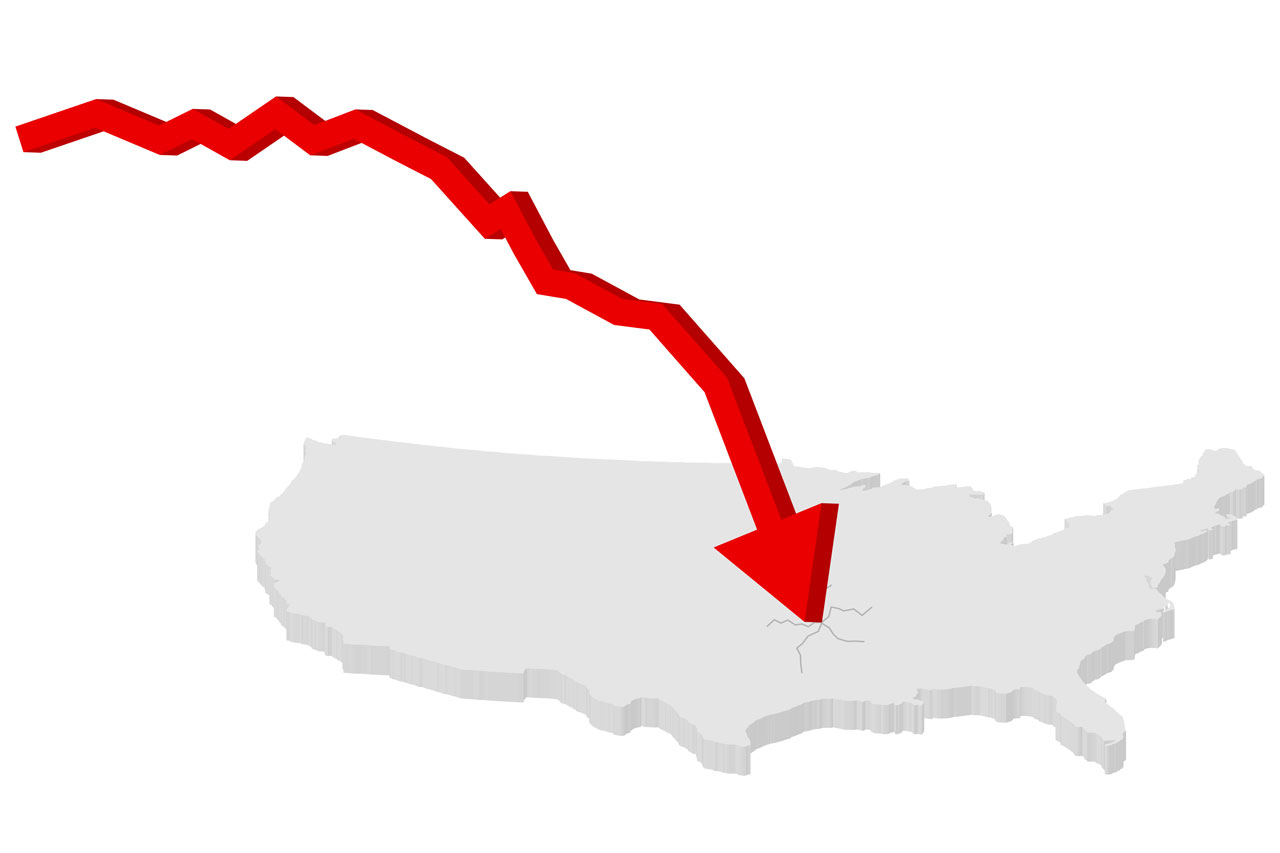
This week, I heard an orchestra conductor say, “It’s not simple to make it sound easy.” While he was talking about music, I was thinking how this applies to investing, too. The more we know about investing and the more experience we have, the more we recognize the benefits of following a very straightforward approach. You don’t have to be a genius to be a successful investor, you just have to avoid making a couple of big mistakes. The game of investing is not won by brilliant moves, but rather by patience and avoiding the common pitfalls that lure investors in year after year.
It’s easy to recognize mistakes in hindsight. The challenge is to anticipate these outcomes in advance, so you can prevent these these errors whenever you are tempted to make changes to your portfolio. Is your decision based on a logical examination of the facts, or an emotional response or ingrained bias? You can be successful over time by following a smart plan, even if it is not complicated. Let the market run its course and know that your plan will work best when you don’t get in the way! Here are three of most costly mistakes I’ve seen investors make in the past 15 years and the solution for you to avoid these each of these missteps. These are real, actual people, but I’ve changed the names here to protect their identity. Learn from their losses!
1) Lack of diversification. 10 years ago, I met Peter who was a client of another financial advisor at my firm. Peter was an engineer at Nortel, and like many employees at tech companies in the 90’s, he received substantial stock options. For years, the stock would double and split every 18 m0nths or so, which meant that anyone who sold their stock options regretted not holding for longer. Peter had more than 12,000 options when Nortel hit $90 a share in the spring of 2000, giving his options a value of over $1 million. At every meeting, they discussed exercising his options, selling his shares and diversifying, but Peter wanted to wait longer. The stock fell to $85, and Peter finally agreed to sell, but said that he had his heart set on a higher price and would sell as soon as it got back over $90 a share.
Unfortunately, the stock never regained the $90 level, and instead lost 90% of its value over the next nine months. His options were now worthless and his hopes of retiring in his 50’s lost forever. Nortel went bankrupt in 2009 and his division was sold to competitor. Peter had the majority of his net worth in company stock and the loss truly decimated his investment portfolio and derailed his retirement plans.
It is often said that diversification is the only free lunch in investing. By being diversified, you can avoid the risk of having one stock wipe out your plans. And I should mention that this also applies to bonds. I met another investor who had $100,000 of Lehman Brothers bonds for their portfolio. As I recall, I believe the investor recovered only about 25 cents on the dollar after the Lehman bankruptcy in 2008.
Solution: Don’t let company stock – or any single stock – comprise more than 10% of your portfolio. Even better, avoid single stocks altogether and use ETFs or mutual funds. For bonds, I’d suggest keeping any single issuer to only 1-2% of your portfolio. The potential benefits of having a concentrated stock position are outweighed by the magnitude of losses if things go wrong.
2) Trying to Outsmart the Market. Luke considered himself a sophisticated investor and enjoyed reading and learning about investing. He had an MBA and felt that with his knowledge and a subscription to the Wall Street Journal, he should be focused on beating the market. He looked at his portfolio almost every day and would be very concerned if any of his funds were lagging the overall market. As a result, he wanted to trade frequently, to put his money into whatever sector, fund, or category was currently performing best.
Funds typically include the disclaimer that “past performance is no guarantee of future results”, and yet, so many investors are focused on picking funds based on their most recent past performance. In Luke’s case, his insistence on “hot funds” meant that he was often invested in sector funds. His performance over time was actually worse than the benchmarks, because in spite of all his research and knowledge, he was focused on looking backwards rather than forwards.
Solution: stay diversified and don’t chase hot funds. Typically, 65% to 80% of all active managers under perform their benchmark over five years, which means that your safest bet is to never bet on a manager’s skill but to bet on the house. Using index funds works, and adopting an index approach means you can focus on what really matters for accumulation: how much you save. Luke’s portfolio was relatively small, under $100,000. Ironically, investors with smaller accounts are often the ones who believe that they need to outsmart the market to be successful. When I worked with a client with over $100 million, he had no qualms about index funds whatsoever.
3) Timing the Market. Angelina retired in 2007, a year before the stock market slumped. In early 2009, the market was down nearly every day, sometimes losing 5% in a session. We had conversations previously with Angelina about market volatility and had implemented a diversified, balanced portfolio. On March 6, 2009, Angelina called and insisted that we exit all her equity positions. It was that very day that the S&P 500 Index put in its intra-day low of 666. In hindsight, she sold on the actual worst day possible. Luckily, we were able to convince her to buy the equities back by June, but by then, she had missed a 30% rally.
Market timing mistakes aren’t limited to selling at a low; you can also miss out when the market is doing well. Last year, while the market was up double digits, some investors had significant capital in cash, fearing a drop or hoping to profit from any temporary pullback. Those with large cash positions under performed those who were invested in a target allocation. Having looked at hundreds of investors’ performance, I have yet to see anyone who has improved their return through market timing, except from random luck. Trying to get in and out of the market gives you more opportunities to make mistakes.
Solution: Choose an appropriate asset allocation and stick with it. Invest monthly into a diversified portfolio, and don’t stop investing when the market is down. If you think you will wait until you get an “all-clear” signal, you’re going to miss out on gains like Angelina. Rebalancing annually creates a discipline to sell your winners and buy the losers, which is difficult to do otherwise!
Investing should be easy. People have the best intentions when they load up on company stock, invest in a hot fund, or try to time the market. The reality, however, is that the more complicated strategy you adopt, the more likely you will hurt rather than enhance your returns. Our goal is to help investors gain the knowledge, confidence, and discipline to recognize that your most likely path to success is to stick with a simple approach that is proven to work.
Want to read more? Check out Winning The Loser’s Game by Charles Ellis.










